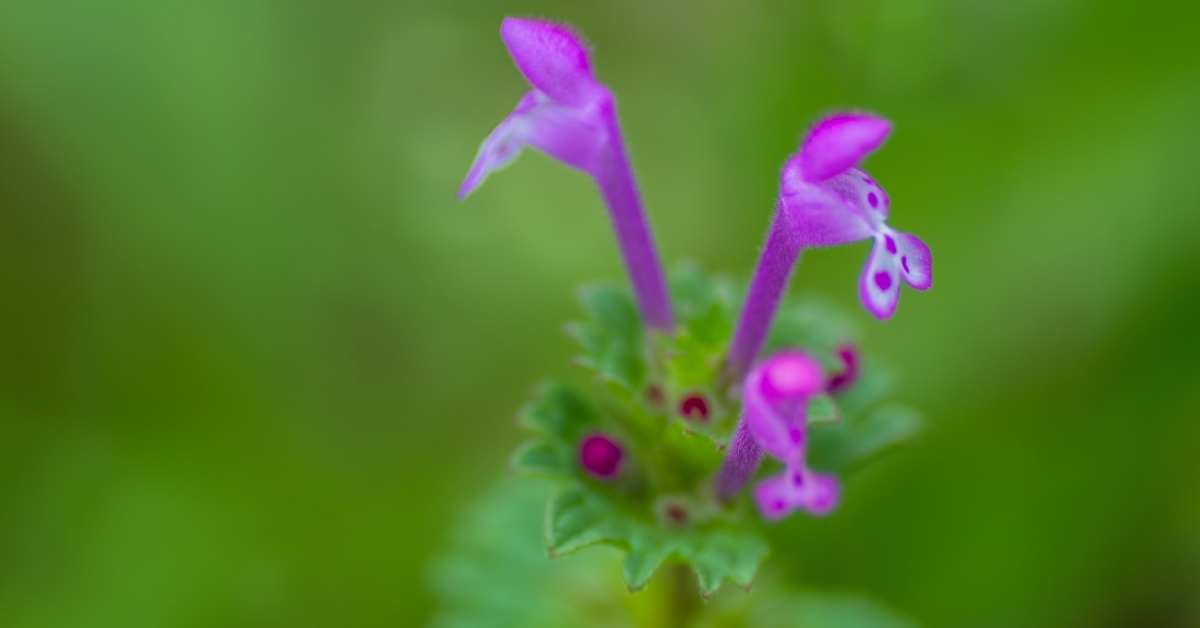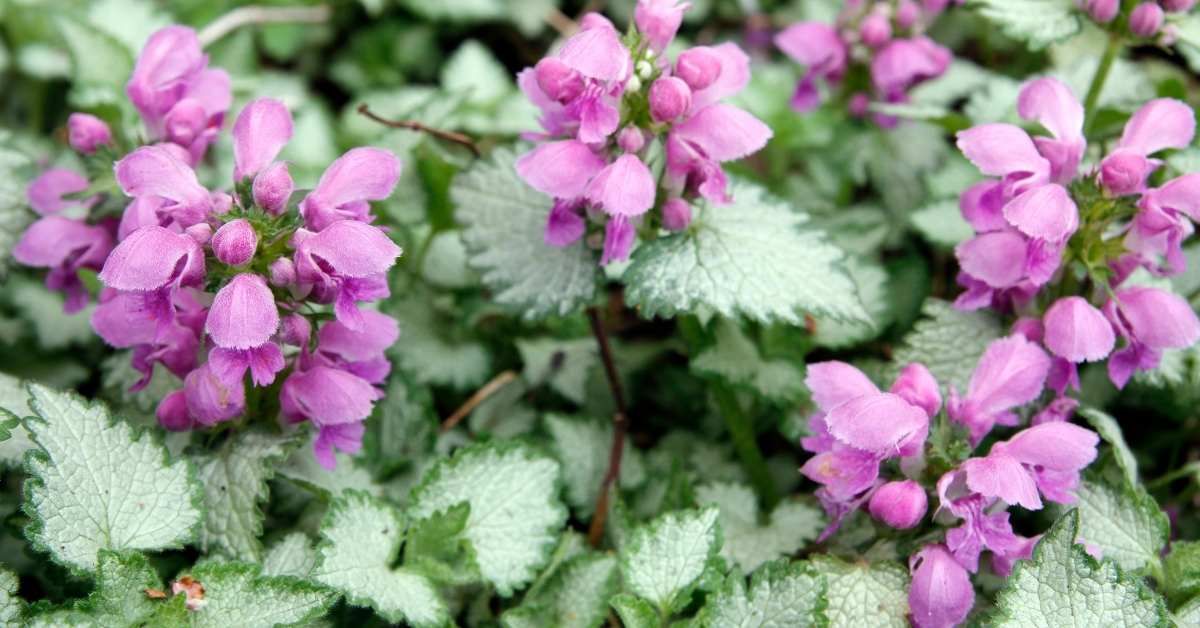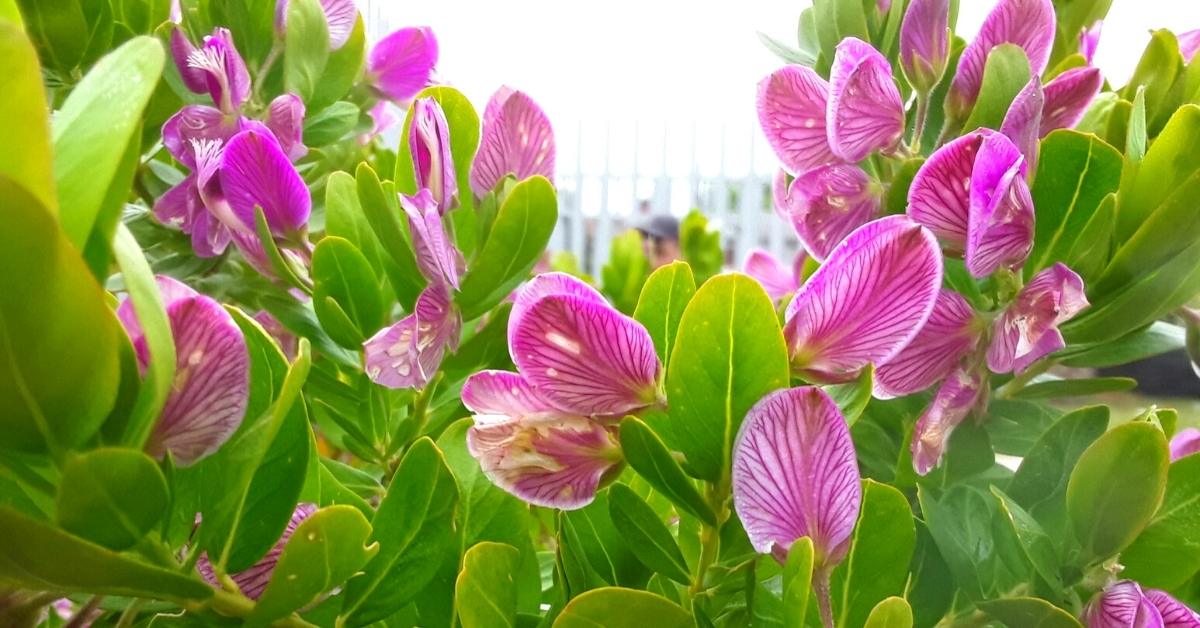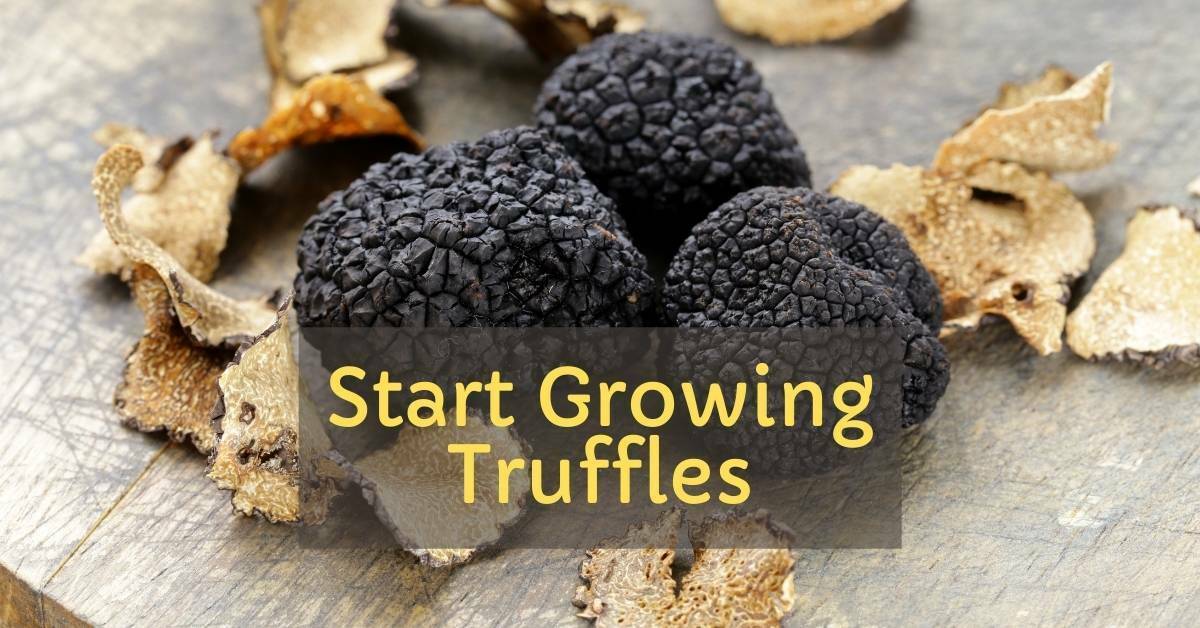Lamium, also known as Dead Nettle, is a well-behaved ground cover that isn’t a severe garden thug. It’s easy to edge in the spring and won’t turn into a weed. Here is the information on how to propagate Lamium Purpureum cuttings and other varieties of the plant.
Lamium Purpureum Common Name(s):
- Dead Nettle
- Purple Archangel
- Purple Dead Nettle
- Purple Dead-nettle
- Red Dead Nettle
- Red Dead-nettle
- Red Dead-nettle,
- Velikdenche
You might like to read this: 10 Most Common Lawn Care Mistakes
Exuberant Flowering of Lamium Purpureum
The beauty of Lamium Purpureum is genuinely showcased during its flowering period. The blossoms rise majestically above the foliage, producing a spectacular display that invigorates any garden.
These vibrant flowers bloom in late spring or early summer, adding a splash of color just as many other plants are beginning to wind down from their spring show.
The specific hue of the flower depends on the variety, ranging from soft pinks to striking purples, or even pure whites. This versatility in flower color allows gardeners to select a variety that perfectly complements their garden aesthetic.
Impressive Hardiness: A Plant for All Seasons
Lamium Purpureum exhibits an impressive level of hardiness, making it a great choice for gardeners who face challenging weather conditions. It flourishes across a broad range of climates, remaining robust all the way down into USDA zone 2.
This indicates that it can withstand minimum temperatures as low as -45 degrees Fahrenheit or -42.8 degrees Celsius. With such resilience to harsh winter temperatures, Lamium Purpureum is a plant that provides reliable color and ground cover in areas where many other plants might falter.
Growing Conditions
Grow in the sun or shade. Allowing it to dry completely will not give you the most significant effects. In very dry conditions, the leaves will deteriorate and develop brown edges.
Sweltering conditions can lighten the coloring, so this plant is best considered a part-shade or shade groundcover in decent soil.
Try planting under shrubs to brighten up unused garden spaces. Control the spread in the spring with a sharp shovel to edge it.
You might want to see this: Agastache Blue Fortune: Propagating and Growing
Understanding the Genus: Lamium
Before diving into propagation, it’s essential to understand more about the Lamium genus. Lamium is a genus of about 40–50 species of flowering plants in the family Lamiaceae, native to Europe, Asia, and north Africa.
The members of this genus are often known as dead-nettles, which is a reflection of their visual similarity to stinging nettles, but without the sting.
Soil Requirements for Lamium Purpureum
The article briefly mentions that Lamium Purpureum is best grown in “decent soil”. It’s essential to understand that “decent soil” for Lamium Purpureum means well-drained soil. This plant prefers rich, organic soils but can tolerate poorer soils if necessary. It can handle various pH levels, from highly acidic to highly alkaline.
Thriving Propagation: Breeding Success
Lamium Purpureum, owing to its adaptive nature, can be propagated with ease in multiple ways. This means that once you have a few plants in your garden, you can easily grow your Lamium population without the need for purchasing more.
The propagation by layering method entails pushing a stem still attached to the mother plant into the soil, covering it, leaving only the tip exposed. This natural method, inspired by how some plants spread in the wild, stimulates the growth of a new plant from the buried part of the stem.
Propagation Using Layering: A Deeper Look
Layering is one of the simplest methods of propagation and has been outlined briefly in the initial article. However, it’s worth understanding more deeply.
Layering involves bending a stem to the ground while it’s still attached to the mother plant and covering it with soil. The stem will develop roots at the bend, and once these roots are established, you can separate the new plant from the mother plant.
For successful layering, choose a flexible stem that can reach the ground easily. Also, try to cover the bend in the stem with 1-2 inches of soil. You can use a rock or a U-shaped stake to hold the stem in place until roots develop.
Division: Multiplying with Care
Lamium plants can also be propagated through division, which is an excellent way to control the plant’s growth and maintain its health. During spring or autumn, carefully dig up the Lamium plant and separate it into sections.
Each division should have some roots and leaves. Replant the divisions at least 6 inches apart to give them plenty of space to grow.
Division is not just a propagation method; it can also help rejuvenate older plants. By dividing your plant every few years, you ensure that your Lamium Purpureum stays vigorous and continues to provide vibrant color in your garden.
Cuttings
Remove the lowest leaves with a 6-inch snip. Dip the bottom of the cutting in rooting media and put it in a cup or container with wet sand or perlite. To keep the plant and container wet, cover it with a plastic bag and water it as required. The cutting will grow roots in a few weeks. Replant it outdoors or in another container at this stage, using the potting mix as the growth medium.
It is an excellent plant for container use or on the edges of stone walls because of its trailing nature.

Varieties of Lamium
Lamium Purpureum offers a diverse selection of varieties to cater to every gardener’s preferences. These include:
‘Anne Greenaway‘: This variety showcases a tri-colored foliage of green, chartreuse, and silver leaf, complemented by mauve flowers.
‘Beedham’s White’: Recognizable for its chartreuse yellow leaves and white flowers, it’s the best golden leaf form variety.
‘Brocade‘: Distinguished by its silver leaves with a green edge, the variety produces rose-pink flowers.
‘Chequers‘: This variety sports green leaves with a silver stripe, topped with rosy-purple flowers.
‘Purple Dragon‘ Identified by its silver leaves edged green, this variety blooms purple flowers.
‘Shell Pink‘ Exhibiting green foliage with a silver stripe, the soft pink flowers add a gentle touch.
‘White Nancy‘ An older variety, yet still sought after for its green/silver foliage with white flowers.
‘Ghost‘: This variety stands out with its almost completely silver leaves and clusters of large, pale pink flowers.
‘Golden Anniversary‘: This is a unique variety with dark green leaves, each having a wide yellow margin and a silver stripe down the center. The flowers are light lavender.
The Benefits of Growing Lamium Purpureum for your garden
Lamium Purpureum, besides being an easy-to-grow plant, has some other advantages that make it an excellent addition to your garden.
Attracts pollinators: Purple dead nettle is a popular plant for pollinators such as bees, butterflies, and hummingbirds. Planting purple dead nettle in your garden can help to attract these beneficial insects.
Additionally, it’s a deer and rabbit-resistant plant, making it a good choice for areas where these animals are common.
Benefits of Lamium Purpureum for you
As I mentioned before, Lamium purpureum, commonly known as purple dead nettle, is a flowering perennial plant that is native to Europe and Asia. It is a member of the mint family (Lamiaceae) and is related to other herbs such as oregano, thyme, and lavender. Purple dead nettle has a number of benefits, including:
Edible: The leaves and flowers of purple dead nettle are edible and can be used in salads, soups, and stews. They have a slightly peppery taste that is similar to spinach.
Medicinal: Purple dead nettle has a number of medicinal properties, including:
Anti-inflammatory: Purple dead nettle contains compounds that have anti-inflammatory properties. This can be helpful for conditions such as arthritis, allergies, and asthma.
Antibacterial: Purple dead nettle contains compounds that have antibacterial properties. This can be helpful for treating minor infections such as cuts, scrapes, and ear infections.
Astringent: Purple dead nettle contains compounds that have astringent properties. This can be helpful for treating diarrhea, hemorrhoids, and wounds.
Dye: The leaves of purple dead nettle can be used to make a purple dye. This dye can be used to color fabrics, yarn, and other materials.
Additionally;
To eat, the leaves and flowers can be added to salads, soups, and stews. They can also be steeped in hot water to make a tea.
To use medicinally, the leaves can be crushed and applied to wounds or used to make a poultice. They can also be made into a tea or tincture.
To dye, the leaves can be boiled in water to create a purple dye. This dye can be used to color fabrics, yarn, and other materials.
Note:
When using purple dead nettle, it is important to note that it can be toxic to cats and dogs. It is also important to consult with a healthcare professional before using purple dead nettle for medicinal purposes.
You can watch the video to see how to propagate Lamium from scratch:
Conclusion
Lamium Purpureum, commonly known as Dead-Nettle, is a versatile and hardy plant that’s a joy to grow in any garden. It offers vibrant blooms that not only beautify your garden but also attract pollinators, making it a valuable addition to any biodiversity-focused garden space.
Its ease of propagation, hardiness, and resistance to pests make it a low-maintenance option for both novice and experienced gardeners. Understanding its growing conditions, various propagation methods, and soil requirements can ensure a flourishing growth.
What is the best time to propagate Lamium Purpureum?
The best time to propagate Lamium Purpureum is in spring or autumn.Can Lamium Purpureum grow in full sun?Lamium Purpureum can tolerate sun, but for the best results, it should be planted in part-shade or full-shade conditions. Intense heat can lighten the leaf coloring.
How long does it take for Lamium Purpureum cuttings to root?
Typically, cuttings can root in a few weeks. However, the timing can vary based on the condition of the cutting and the care provided.
Is Lamium Purpureum invasive?
While Lamium Purpureum can spread, it’s generally not considered invasive. However, it’s always a good idea to control its spread with a sharp shovel in the spring to prevent it from taking over the garden.
How often should Lamium Purpureum be watered?
Lamium Purpureum should be watered regularly, but the soil should be allowed to dry out between wwaterings.
It is important not to overwater Lamium Purpureum, as this can lead to root rot and other plant health problems. The frequency of watering will depend on several factors, including the temperature, humidity, and soil type. Generally, it is recommended to water Lamium Purpureum once or twice a week, or when the top inch of soil feels dry to the touch. It is also important to ensure that the plant is grown in well-draining soil, as this will help prevent waterlogged conditions that can harm the roots.


